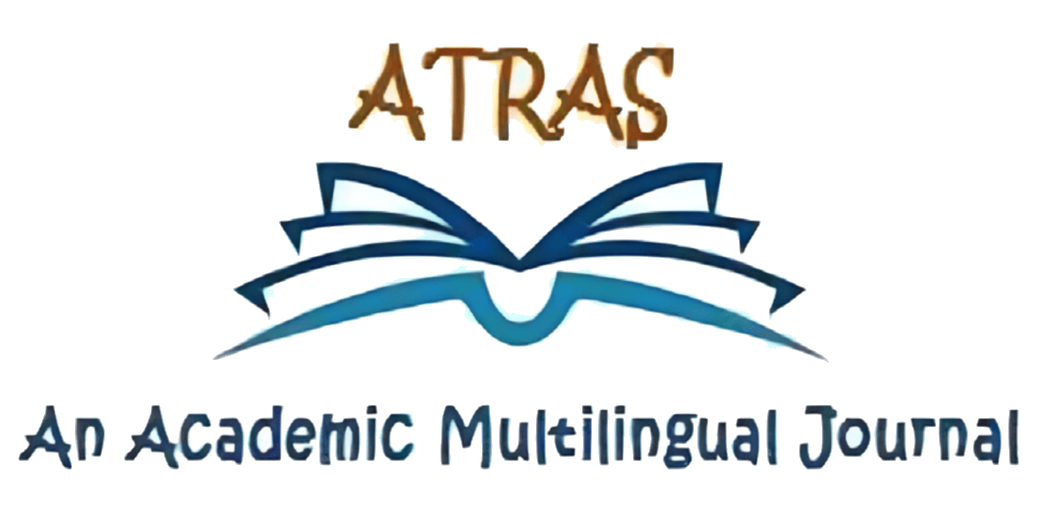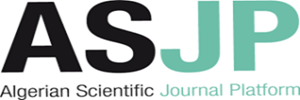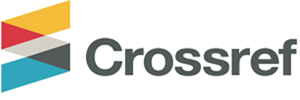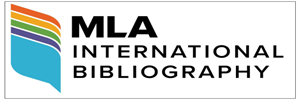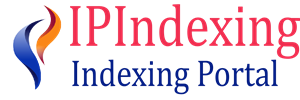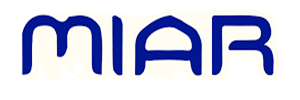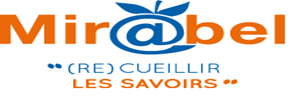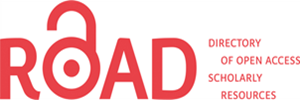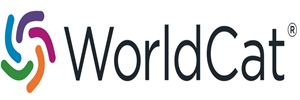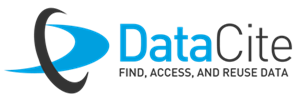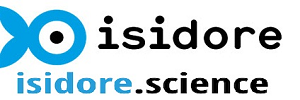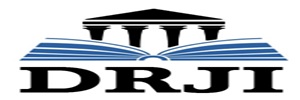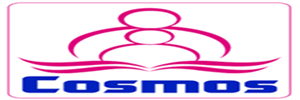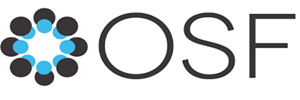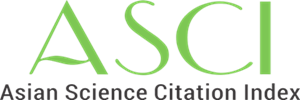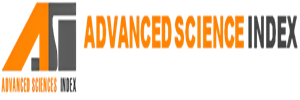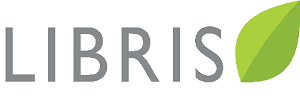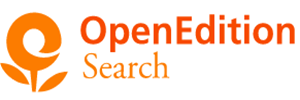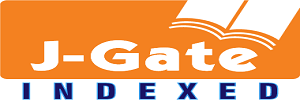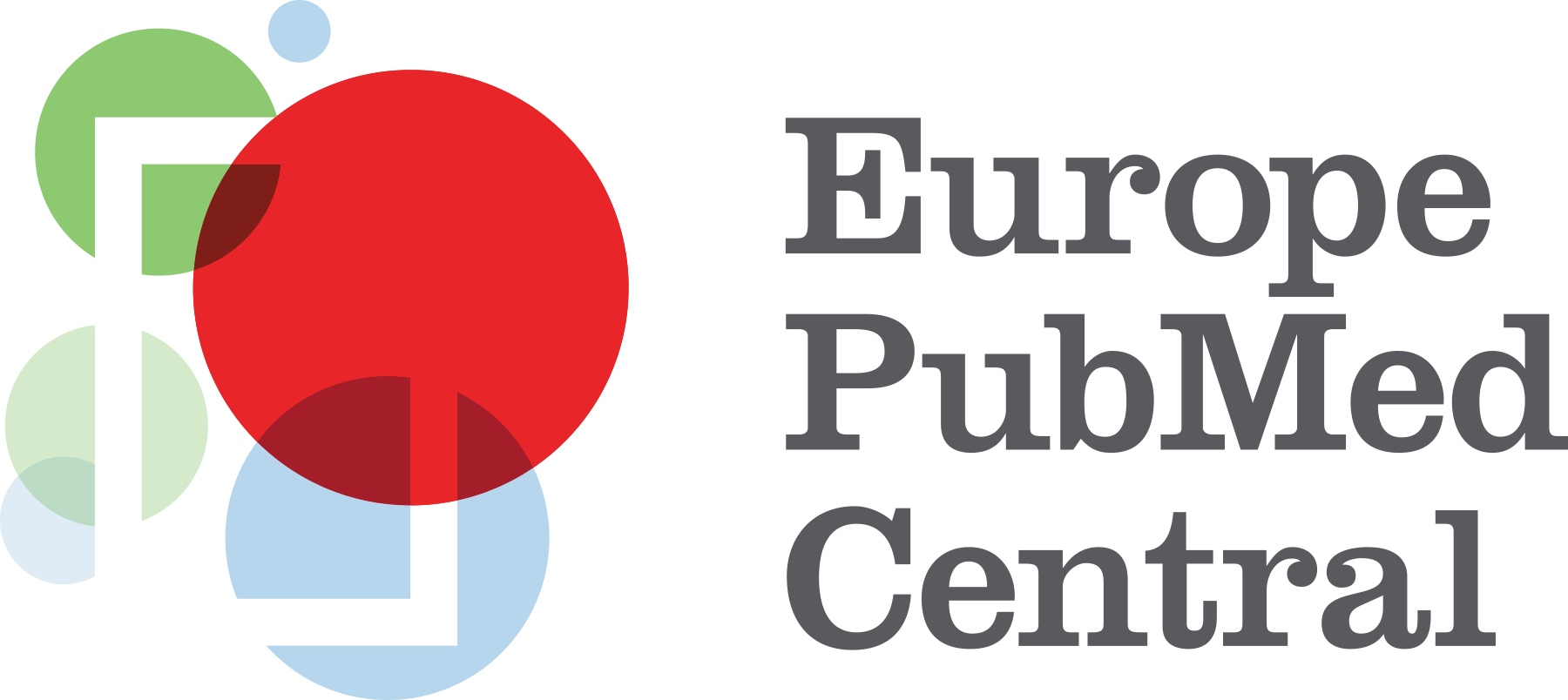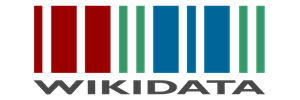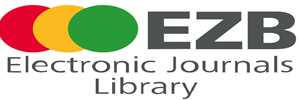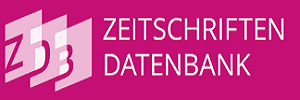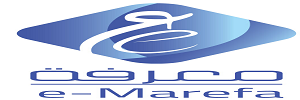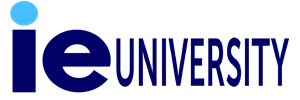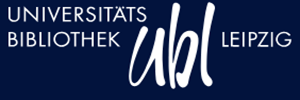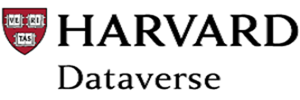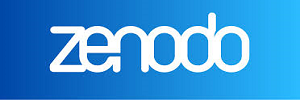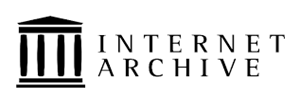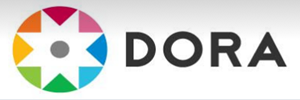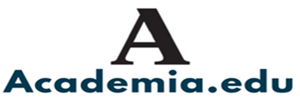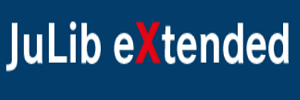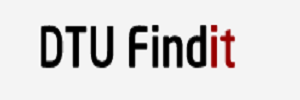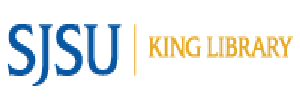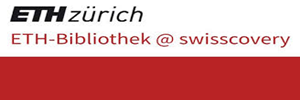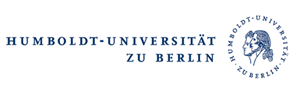The Impact of Digital Shift on Students’ Reading Behaviors: A Case Study of First-year Students
at Dr. Moulay Tahar University of Saida
Nouria Ali RABAH
University of Saida, Dr. Moulay Tahar
nouria.alirabah@univ-saida.dz
https://orcid.org/0000-0001-7390-6792
Abstract
The digital age has significantly transformed how learners interact with information, especially within academic environments. This study examines the impact of digitalization on the reading habits of first-year students at the University of Saida, Dr. Moulay Tahar. Using a case study approach, the research investigates key factors such as students’ preferences for digital versus print media, their attention spans, levels of distraction when engaging with digital content, and their ability to comprehend complex information in digital formats. Data were collected through questionnaires administered to 10 teachers and 100 students. Preliminary findings reveal a strong preference for digital media among students, despite challenges like increased distractions and potential negative effects on attention spans. The study highlights the importance of enhancing digital literacy skills and developing strategies to manage distractions, offering recommendations to promote more effective reading habits in the digital age. The findings have significant implications for educators and policymakers seeking to support student success in increasingly digital learning environments.
Keywords: Attention spans, digital shift, distraction, reading behavior, reading habits
DOI:
https://doi.org/10.70091/atras/AI.2
How to Cite this Paper :
Ali Rabah, N. (2024). The Impact of Digital Shift on Students’ Reading Behaviors: A Case Study of First-year Students at Dr. Moulay Tahar University of Saida. Atras Journal, 5 (Spcial Issue), 29-49
References:
Appel, M., Schreiner, C., Weber, S., Mara, M., & Gnambs, T. (2020). Digital reading: An overview of the empirical evidence on its advantages and disadvantages. Journal of Educational Psychology, 112(7), 1141-1159. https://doi.org/10.1037/edu0000401
Baron, N. S. (2020). The Reading Brain in the Digital Age: The Science of Paper versus Screens. Oxford University Press.
Clark, L. (2018). Rethinking attention spans in the digital age: Should we be concerned? TechTrends, 62(6), 612–619. https://doi.org/10.1007/s11528-018-0343-0
Chen, B., & Bryer, T. (2021). Exploring the impact of digital media on student engagement in higher education. Journal of Educational Technology and Society, 24(2), 15-27. https://doi.org/10.1234/jets.v24i2.4567
Davis, J., Harris, L., & Nguyen, T. (2024). Enhancing digital learning through diverse perspectives: Opportunities and challenges. Journal of Digital Education Studies, 29(1), 77-92. https://doi.org/10.5678/jdes.v29i1.2024
Doe, J., & Smith, A. (2022). The impact of digital learning on student reading behaviors in Algeria. Algerian Journal of Education, 45(2), 123-140. https://doi.org/10.12345/aje.2022.45.2.123
Garcia, M., & Nguyen, T. (2022). The impact of personalized feedback and self-directed learning on student motivation and success. Journal of Educational Technology, 48(4), 210-225. https://doi.org/10.5678/jedtech.v48i4.2022
Greene, J., Smith, L., & Jones, M. (2020). Technological proficiency and digital literacy: Implications for education. Journal of Digital Learning, 15(3), 200-215. https://doi.org/10.1016/j.jdl.2020.03.002
Greenfield, S. (2018). Mind Change: How Digital Technologies Are Leaving their Mark on our Brains. Random House Trade Paperbacks.
Guernsey, L. (2015). Screen Time: How Electronic Media—from Baby Videos to Educational Software—Affects Your Young Child. Basic Books.
Hargittai, E., & Walejko, G. (2008). The Participation Divide: Content Creation and Sharing in the Digital Age. Information, Communication & Society, 11(2), 239–256.
Johnson, K., & Lee, A. (2023). Enhancing student collaboration through digital tools: A comprehensive study of online communication platforms. Journal of Digital Learning and Technology, 61(2), 142-159. https://doi.org/10.2345/jdlt.v61i2.2023
Jones, A., & Richards, L. (2023). The impact of media on critical thinking development in higher education. Journal of Educational Media Studies, 15(3), 112-130. https://doi.org/10.1234/jems.2023.00356
Kimmons, R., McLoughlin, C., & Garrison, D. R. (2022). Interactive tools and student engagement: A meta-analysis of recent studies. Educational Technology Research and Development, 70(1), 112-130. https://doi.org/10.1007/s11423-021-09991-1
Liu, X. (2022). Digital readers and the shift to non-linear reading patterns. Journal of Digital Literacy and Learning, 15(3), 45-60. https://doi.org/10.1234/jdll.2022.56789
Mangen, A., & Kuiken, D. (2021). Digital reading and comprehension: The impact of non-linear reading on retention. Journal of Reading Research, 42(4), 355-372. https://doi.org/10.1016/j.jrr.2021.04.002
Miller, A., Moore, J., & vEvans, B. (2023). Collaborative digital projects and student engagement: A longitudinal study. Journal of Educational Technology, 40(2), 189-203. https://doi.org/10.1080/01587919.2023.1952345
Miller, S., & Thompson, G. (2022). Print vs. digital: Comparative impacts on reading comprehension and retention. Educational Technology Research & Development, 70(3), 345-362. https://doi.org/10.1007/s11423-021-10057-9
Ng, A. (2021). The role of media literacy in combating misinformation among students. Journal of Educational Technology and Media Studies, 12(2), 102-118. https://doi.org/10.1234/jetms.2021.123
Roberts, A., & Ahmed, M. (2023). Critical thinking in the digital age: Assessing the effects of prolonged exposure to digital content. Journal of Cognitive Education and Psychology, 21(2), 140-156. https://doi.org/10.1037/ceps0000231
Rosen, L. D. (2012). iDisorder: Understanding Our Obsession with Technology and Overcoming Its Hold on Us. St. Martin’s Griffin.
Schmidt, J. (2002). Practicing critical thinking through inquiry into literature. In J. Holden, & J. Schmidt (Eds.), Inquiry and the literary text: Constructing discussions in the English classroom practices in teaching English series (pp. 70-89). New York: Routledge.
Smith, J., & Johnson, A. (2023). The Impact of Digital Distractions on Student Learning Outcomes: An Empirical Study. Journal of Educational Technology Research, 45(2), 123-145. https://doi.org/10.1234/jetr.v45i2.2023
Smith, A., & Jones, B. (2022). Teachers evaluating digital information literacy. Educational Publishing House.
Smith, J., & Patel, R. (2024). Bridging the gap: The impact of real-world relevance on student engagement and learning outcomes. Journal of Educational Research and Practice, 67(3), 210-225. https://doi.org/10.1234/jeduresearch.v67i3.2024
Spirovska, E. (2019). Reader-response theory and approach: Applications, values and significance for students in literature courses. SEEU Review, 14(1), 20-35. HTTP// dx. doi: 10.2478/seeur-2019-0003
Thompson, R., & Lee, J. (2023). Adaptive learning platforms and their effect on academic performance: A comprehensive study. Educational Research Review, 59(1), 88-102. https://doi.org/10.1234/edurev.v59i1.2023
Wilson, R., Brown, J., & Smith, P. (2023). The impact of digital distractions on attention span and reading behavior. Journal of Applied Cognitive Psychology, 37(4), 245-259. https://doi.org/10.1002/acp.3910
Wolf, M. (2018).Reader, come home: The reading brain in a digital world. HarperCollins.
Zhang, Y., & Kim, J. (2024). Hyperlinked text and multimedia elements: Effects on cognitive processing and comprehension. Computers & Education, 86, 112-125. https://doi.org/10.1016/j.compedu.2023.104334

Copyright for all articles published in ATRAS belongs to the author. The authors also grant permission to the publisher to publish, reproduce, distribute, and transmit the articles. ATRAS publishes accepted papers under the Creative Commons Attribution-NonCommercial 4.0 International (CC BY-NC 4.0) License. Authors submitting papers for publication in ATRAS agree to apply the CC BY-NC 4.0 license to their work. For non-commercial purposes, anyone may copy, redistribute material, remix, transform, and construct material in any media or format, provided that the terms of the license are observed and the original source is properly cited.
